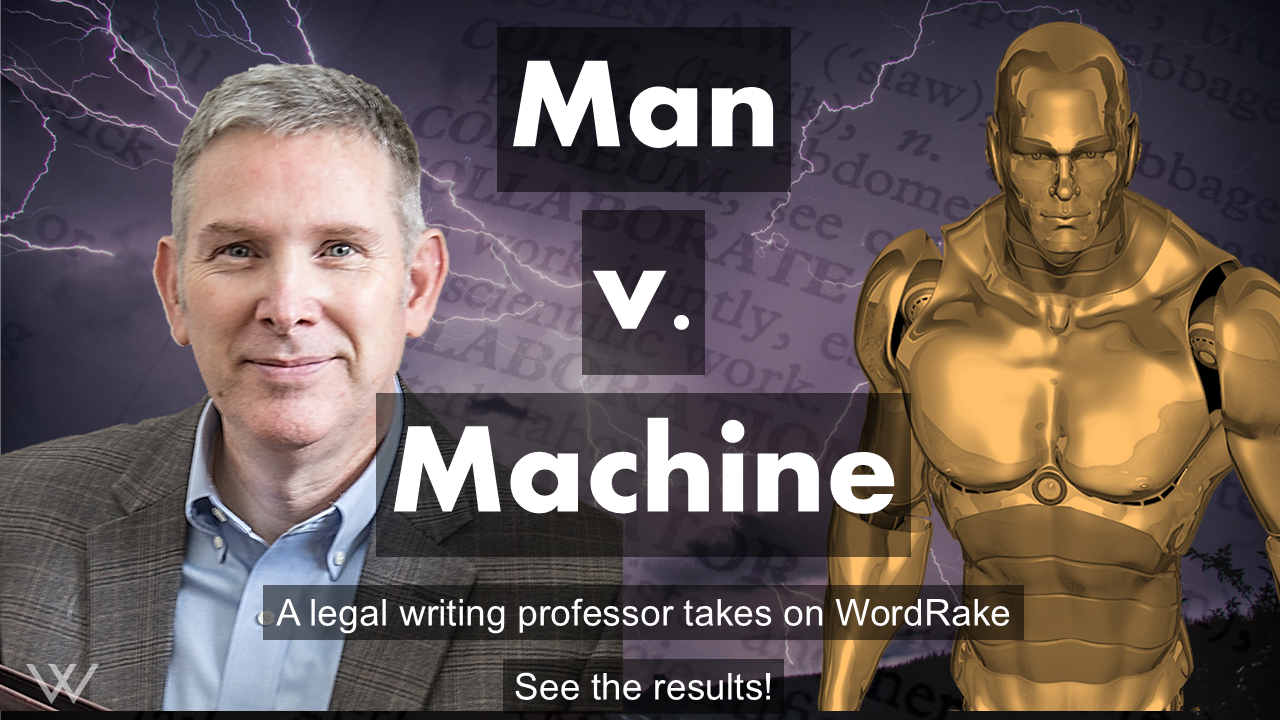Every generation of senior lawyers complains that junior lawyers can’t write. But becoming a lawyer takes years of post-secondary education and apprenticeship, so it’s not reasonable to interpret this complaint to mean young lawyers are illiterate. So what’s the source of this perennial complaint and how can we address it?
Continue readingJudges have long voiced their frustrations over verbose, confusing court briefs. And as noted in a previous blog, some courts have tightened their word limits to guard against long-winded briefs. So what can you do to make sure that your briefs are not only readable, but powerful? Professor Mark Cooney, who explained the problem of rejected legal documents in his last post, here offers ten tips for clear briefs that you can feel confident submitting to the court.
1. Sue 'em!
Prefer the simple sue or sued to elaborate alternatives. In the sentences below, for example, courts used four or five words — even six words — to say what sue or sued would’ve said in one:
Continue readingLegal ghostwriters help trial lawyers save time and money. According to the Merriam-Webster Dictionary, ghostwriting is writing for someone considered the author. This practice is prevalent in the legal field.
Continue readingIf you asked me to describe what I did last summer, I’d write an essay about exploring, in greater depth, the pitfalls of legalese. My research revealed that inflated diction, jargon, wordiness, and rambling sentences have unraveled legal documents across the country. So lawyers should by wary of forms afflicted by dense, impenetrable text. The proof is in the cases.
Continue readingLegal writing often feels formulaic. It follows established patterns and uses predictable structures. But those formulas exist for good reason. Predictable structures help legal readers—judges, lawyers, clerks, and other professionals—quickly understand the argument, locate key facts, and process information. Legal readers rely on them for cognitive shortcuts to handle their caseloads.
Continue readingThe Tale of the Tape
In one corner, WordRake: editing software with more than 50,000 editing algorithms designed to improve clarity in professional prose.
Continue readingTo write effectively, you must know your message before you start. Planning your pitch is the first step to writing for your audience. Everything before this stage serves you, not the reader.
Continue readingRegardless of practice area, document creation consumes a significant portion of every lawyer’s time. According to Thomson Reuters, up to 60% of lawyer time is spent on writing, editing, and proofreading. Even after the first draft is complete, editing and proofreading can drag on for hours—and sometimes errors still slip through the cracks.
Continue readingThe issue statement is the first substantive content in a legal brief.[1] It’s also the first opportunity to shape how the court and its staff view our case. So the last thing we want is for readers to struggle or lose sight of our message.
Continue readingBefore the first day of your 1L year, you probably spent 30 minutes reading one page of a 17th century case (and dreaded having to read nine more before class). If you were anything like me, you sighed and consulted Black’s Law Dictionary to decipher the terminology combined in doublets and triplets—and were often disappointed to find the words were near-synonyms or out of use. You rightly identified these terms as archaic and redundant. But by the end of your 3L year, you were unfazed by the English, French, and Latin terms mixed within dense blocks of text. You could even understand what you read and use it to argue for classroom clients! You were ready to enter the profession, thinking and writing like a lawyer.
Continue reading













